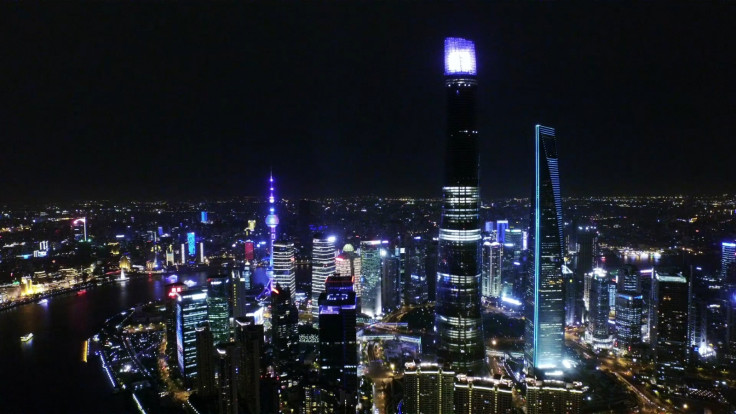Shanghai Tower: Asia's new tallest skyscraper presents a future vision of 'vertical cities'
After seven years of construction and $2.4bn (£1.5bn) spent, Shanghai Tower, Asia's tallest skyscraper and the second tallest building in the world, will soon be opening to the public.
Located in the Pudong financial district, the 632m tower composed of 128 floors is a striking addition to the Shanghai landscape, not least because of its unique spiralling structure.
Composed of a tapering outer skin of glass and steel that wraps itself around the building's circular core, Gensler, the American firm behind the design, claims this twisting shape reduces wind load on the building by 24%, thus saving approximately $58m (£37m) in steel and structure costs.
"We had the idea that this building was really coming out of the ground and reaching towards the heavens. And that idea of the building tapering, turning and twisting gave it that dynamic that it was moving up towards the heavens, if you will," Dan Winey, the executive architect behind Shanghai Tower, tells IBTimes UK.

Vertical cities
As well as its exterior design, another remarkable element to the building is how it is composed of nine separate vertical zones. Essentially, nine buildings stacked on top of one another, each zone will feature not just as office space, but retail outlets, entertainment venues and parks facing out on to the city, dubbed "sky gardens".
Winey says: "Most commercial offices buildings are not accessible by the general population. With this particular building the idea was that these neighbourhoods and parks in the building would be accessible. You might have concerts, art shows, dance shows, but regardless the things you'd find in the parks of Shanghai would be in the parks of this building.
Shanghai Tower
Construction: 2008 to 2015
Location: Shanghai, China
Floors: 128
Height: 632m
Floor area: 380,000 m<sup>2
Cost: $2.4bn (£1.5bn)
Architects: Gensler
"As well as these parks you'd have other amenities; food service, entertainment. It was the idea that you could come into this building and it would be an extension of the city."
The idea of creating a fully catered for urban environment within a vertical 3D city is one the country has readily embraced. The state-orchestrated urbanisation drive means by the end of 2015, a third of the world's buildings that are taller than 150m will be in China.
With its separate zones and numerous public spaces, Shanghai Tower once opened will stand as a monument to future city development.
"You'll have 20-30,000 people in this building, which is really the size of a small city. So the idea that the people in the building can go from venue to venue, park to park, and not necessarily have the leave the building, it really leads to the idea of planning cities from a vertical perspective," Winey says.

Emergence of China
While still dwarfed by the 829.2m Burj Khalifa in Dubai, Shanghai Tower is now Asia's tallest skyscraper and a bold statement about the country's economic prosperity going forward in the 21st century.
"It was about the emergence of Shanghai as a financial centre and the re-emergence of China as a global and political force," Winey explains.
A soft opening of Shanghai Tower has seen some tenants allowed into the building to conduct interior construction. An official public opening has yet to be announced but is expected sometime this autumn.
© Copyright IBTimes 2025. All rights reserved.






















